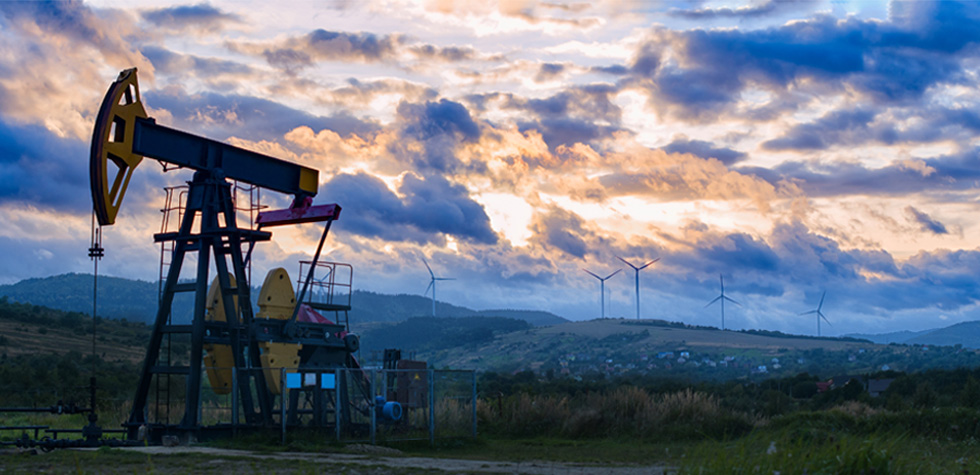How Previous Energy Transitions Provide Lessons For This One
The pressure is on to shift to low-carbon energy technologies – but this isn’t the world’s first energy transition. What lessons can we learn from the energy transitions that came before?
The world is undergoing another energy transition, driven by rapid scaling of low carbon energy sources and efforts to improve energy efficiency. History tells us that this is not the first: There have been multiple transitions from one dominant energy source to another.
To understand how the current energy transition can be achieved in a secure, stable way while keeping on track with decarbonization targets, it is useful to study the progress of previous energy transitions. These transitions, which involved the incremental integration of new energy technologies – rather than a sudden overturning of the status quo – could inform the trajectory of our current efforts to reduce carbon emissions to net zero.
The history of energy transitions
For most of human history, the world was powered by burning wood, supported with windmills, watermills, and burning dried manure. The transition to coal happened in part by necessity — as deforestation led to scarcity and increased prices for wood, - but also by technological innovation. Burning coal could produce steam, which in turn could push a piston and drive new industrial processes, such as coal-fired steam engines on trains and machinery in textile mills.
Despite the transition from wood to coal being at the heart of the Industrial Revolution, it was closer to an evolution than a revolution. Coal did not overtake wood in North America until the 1880s, and many parts of the world were still undergoing that transition in the 20th century. This transition was followed by (and partially overlapped with) a transition from coal to oil and gas, renewables and nuclear power.
These energy transitions have been gradual and not strictly linear, typically taking several generations to ripple through global society. They went hand-in-hand with the development and deployment of new technologies (steam engines, for example), economic transformation, and social adaptation – none of which occurred suddenly.
We can see such changes with the current energy transition, as coal infrastructure is retrofitted or retired, and governments debate how to ease the transition without causing negative social impacts, such as unemployment in the fossil fuel economy.

What makes a successful transition?
Norway has had one of the smoothest modern energy transitions. Although it remains a major oil and gas producer, it has been drawing on its other natural resources to displace fossil fuels and generates 92 percent of its electricity from hydropower alone. This has been made possible with a sustained and proactive effort - Norway was one of the first countries to introduce a carbon tax in 1991, which has gradually promoted investment in new energy sources since. Its Climate Action Plan proposes financial support for technological innovation, new regulations, and other measures to continue easing its energy transition.
It is an example of how a country can benefit not just by exploiting its natural resources, but also by working to shift to alternate energy sources over many years. Under these circumstances, stakeholders can plan for the long term without fear of disruption.
Continuous work towards an energy transition has clear economic benefits. It can also have social benefits. According to the IEA's World Energy Employment report, people who work with coal and other carbon-intensive fuels are well-positioned to transition to work with low-carbon alternatives if supported - and most roles in low-carbon energy are highly skilled, with 60 percent requiring post-secondary training.
Lessons for today's energy transition
Each energy transition is distinct, but former energy transitions have been gradual, driven by necessity and innovation, gently molding economies and societies with them. The ongoing transition is likely to share these characteristics.
While this energy transition is driven - unlike previous transitions - by an environmental imperative, it is also inconceivable that our established energy infrastructure will be abandoned or replaced overnight. It is important to encourage a smooth, sustainable transition that brings about economic and social benefit and does not leave the most disadvantaged communities and economies behind.
Governments have an important role in giving this transition direction, from incentivizing green innovation to reskilling workers. They must collaborate closely with industry, intergovernmental organizations, and community groups to find the right path around the obstacles they face – investors' concern about stranded assets, social resistance to change, lack of supporting infrastructure (e.g.: grid-scale storage), and many others.
An energy transition is not usually as 'revolutionary' as we might imagine. It is the gradual integration of new energy technologies, whether these be renewables, carbon capture and storage, low-carbon hydrogen or nuclear power. As we look towards climate neutrality, it is important to bring together pragmatism about incremental integration of low-carbon technologies with the ambition necessary to achieve that shared goal.






